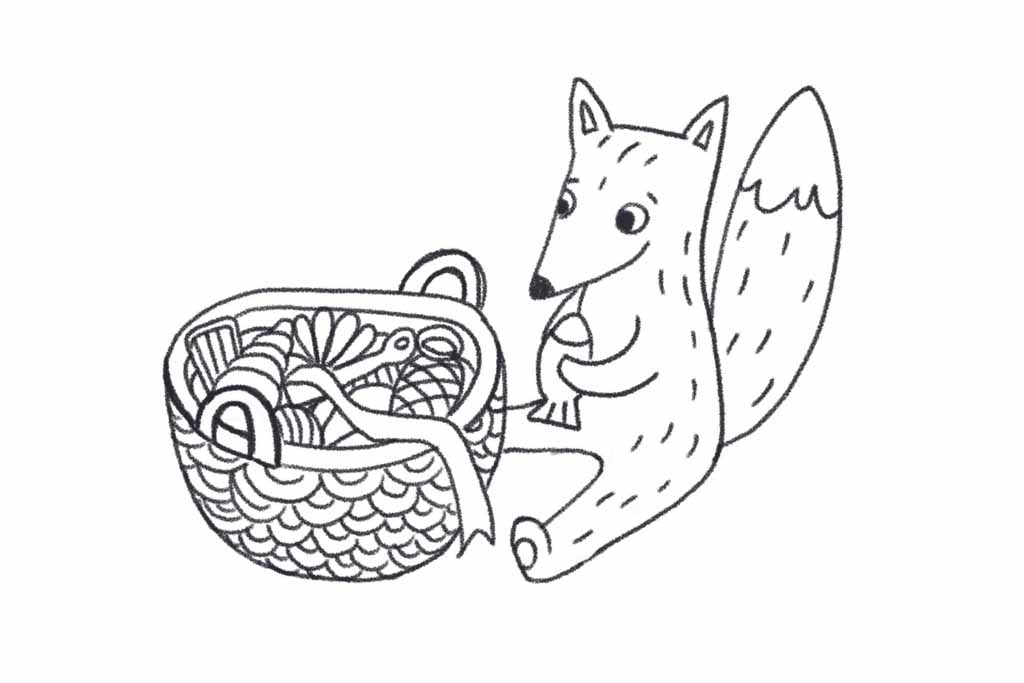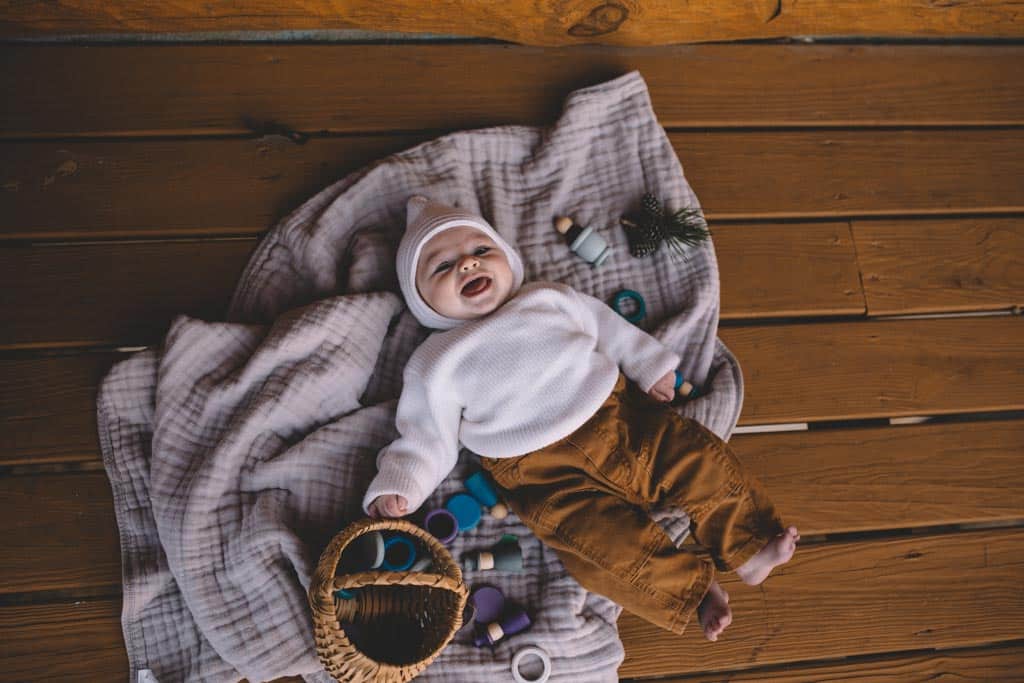As your baby becomes accustomed to life outside the womb, you’ll find that she starts to take an interest in the world around her. At first, that’s not much more than the difference between light and dark or your face coming into view (from no more than a foot away).
But even though her vision is still blurry, she soon begins to notice more. She is learning how to see so make things easy by offering a high-contrast, black-and-white mobile. Do the same for activity toys on the play mat and baby gym. The youngest babies aren’t able to discriminate one object from another. Researchers have shown that their attention goes to the edges of objects as they seek to understand where one thing ends and another begins. Clear, easily-defined shapes are paramount. If you bought a nice cream-coloured mobile that looks good above the cot, consider getting another one.
A rattle is brilliant at this age, even though your baby is months away from gripping one independently. The way it combines sound and movement helps the brain to co-ordinate information coming in from eyes and ears. Infants experience a kind of synaesthesia – a cross-sensory connection where sights and sounds intermix. Rattles can help with the disentangling.
Having said all of the above, the key thing to remember is that there is no rush. Proponents of the fourth trimester believe the first few months of a baby’s life are a time for minimal distractions and peace as your baby gets used to their new surroundings. We say be led by your child, and if they seem eager to explore, help them out by providing an environment rich in interesting sights and sounds.



